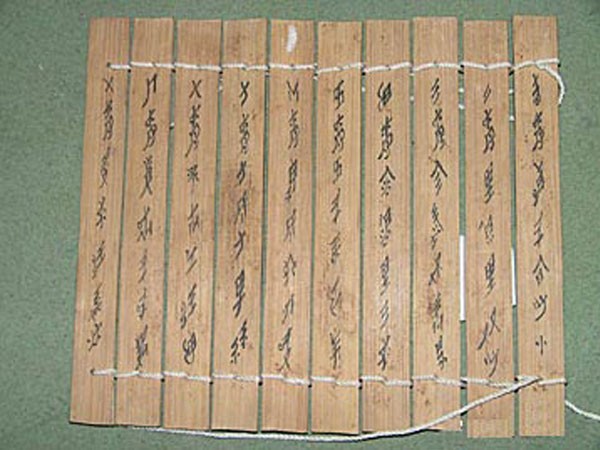A Nushu exhibition featuring more than 70 pieces and over 30 calligraphy paintings has attracted many student visitors at its university venue in central China's Hunan Province.
Presented by an inheritor of the syllabic script, which has only survived through those who have been passed on the women's-only linguistic tradition, the exhibition represents an ongoing rejuvenation of Nushu since the late 20th century.
Li Xuemei held the exhibition on Dec. 12, Friday, as part of a long-time tradition, whereby the Chinese Nushu characters have been passed down through successive generations in settings such as private schools, and through the use of the "getang" singing activity and self-teaching.
Nushu was formerly used exclusively in the Jiangyong County of Hunan Province and, even though it nearly became an extinct aspect of Chinese history, a late 20th-century revival at the hand of a group of academics ensured its continuance.
In Oct. 2005, the work of the Chinese scholars led to the script's selection by the Guinness Book of Records committee as the world's most gender-specific script. The prominent recognition continued the following year when, in May 2006, the State Council of China deemed Nushu as invaluable to the nation's cultural heritage.
Li then embedded the script even further in the cultural library of humanity by creating a long scroll that measured 420 meters out of around 1,000 pieces of Chinese artistic paper known as Xuan, and more than 20 kilograms of ink. Upon completion, the scroll depicted over 60,000 characters and was again recognized by Guinness, who featured the scroll in the 2010 Guinness Book of World Records.
Li explained to the media that she hopes the "exhibition can help build a cultural atmosphere for promoting the women's script among university students."
The unique language can also be observed in the 2011 film "Snow Flower and the Secret Fan."



























